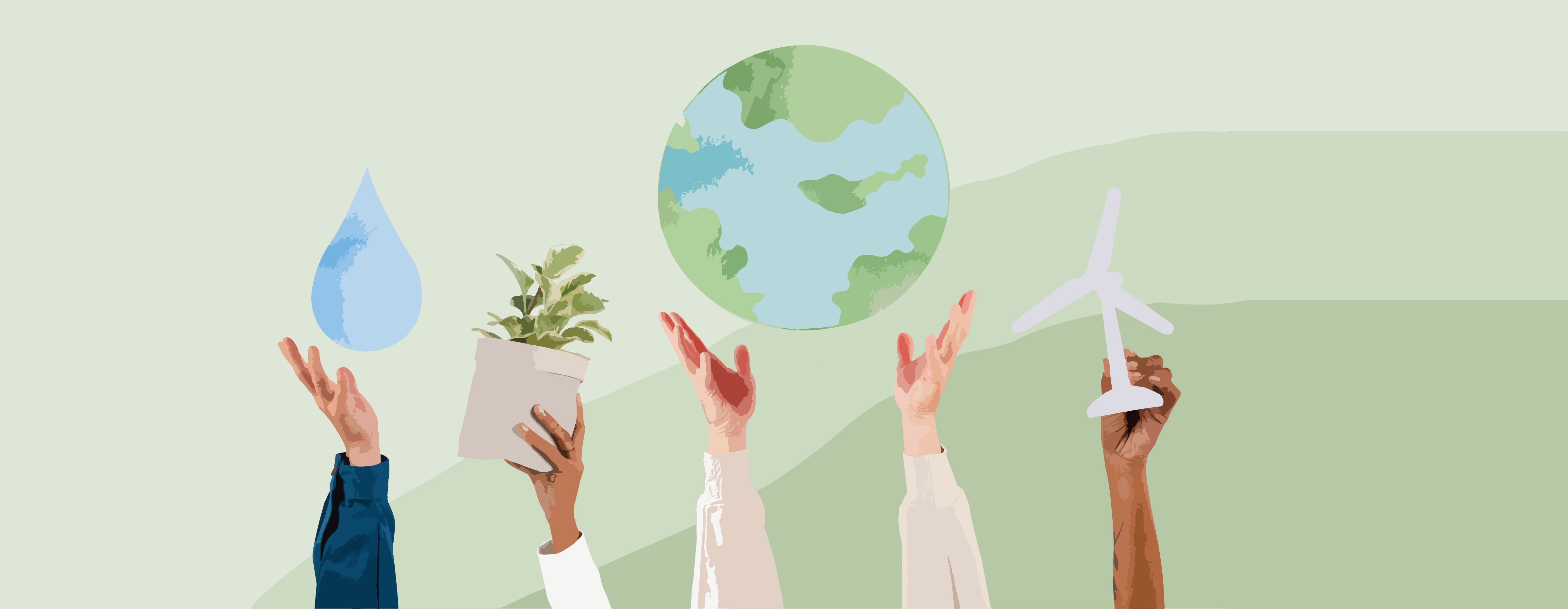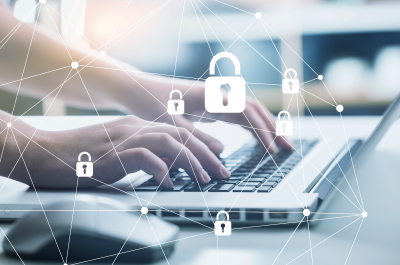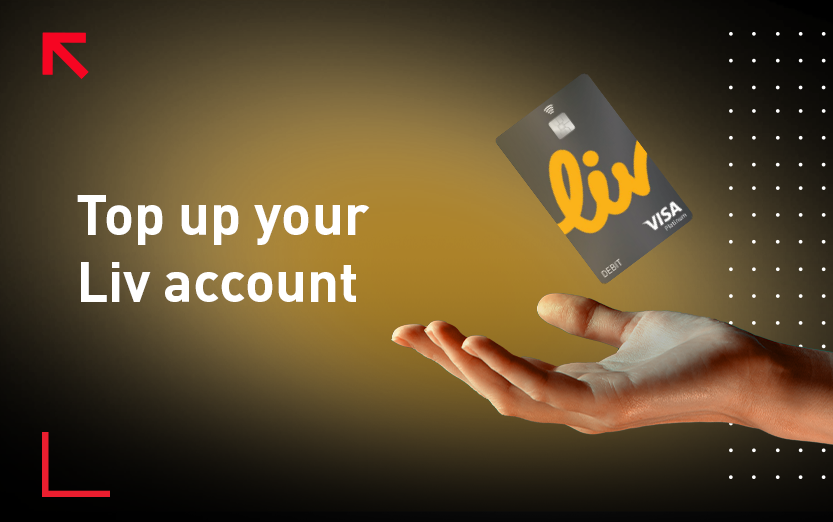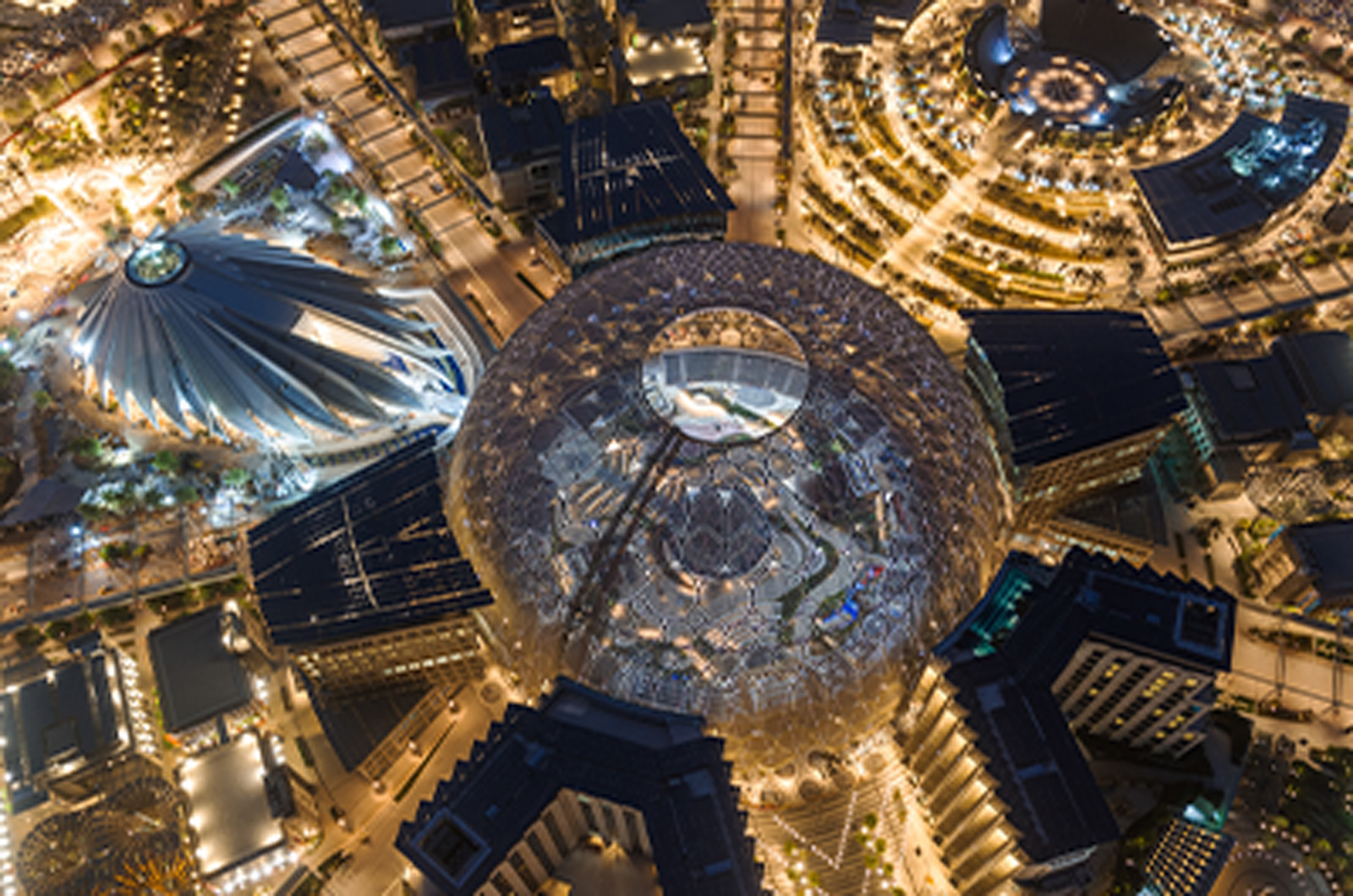Wiebe Wakker is a sustainable traveler, and has successfully completed the longest journey made in just an electric vehicle. His experiences have taken him all over the world, helping him advocate for an eco-friendlier lifestyle and educating people about the benefits of sustainable living.
Tell us about your journey and why you decided to do it.
In 2016, I challenged myself to drive an electric car to the other side of the world to prove the viability of electric mobility. I did this without any money and relied on the generosity of strangers. To reach Sydney, I asked people to “Plug Me In” with energy. On my website, plugmeinproject.com, people could select their locations and offer me a meal, place to sleep or electricity for the car. All these offers determined the route to ‘Down Under’ and got me through 33 countries (95,000km) just on electricity.
Eventually, after 1,119 days I reached Sydney, all by collaborating and making connections with people around the world. With this achievement, I set the record for the world’s longest journey by EV. During my 3-year journey I got to see many different countries and cultures and as I was travelling without any money, I experienced a great appreciation of people hosting me and giving me a very warm welcome. Besides learning and promoting the capabilities of EVs, I experienced being appreciated by lots of people on a journey all over the world by sharing the same values as them, independent from people’s social background, culture, skin color or religion.
Now that I’ve returned home, I share all of these valuable lessons and insights to audiences around the world. A few months ago, the Netherlands Pavilion invited me to share to share this story at Dubai Expo 2020. For me, it didn’t make sense to fly to Dubai to speak about a project I did to promote sustainably mobility, so I wanted to get to Dubai through a more sustainable way than flying. Not just “talk the talk” but also “walk the talk”, as they say! I decided to use the train as primary transport, as its emissions are low, and whenever this was not available, I’d take a coach (which is the 2nd lowest type of transport by emissions).
I travelled from Amsterdam to Vienna in half a day, and took a night train from there to arrive in Bucharest the next day. From there, I hopped on a bus to Istanbul and continued by train all the way to the east of Turkey. This slow train from Ankara to Erzurum was by far the most thrilling ride of the whole trip. You start in a very populated city and slowly the scenery changes to wide open spaces with snowy mountains. It was very beautiful. I reached the Iranian border after a week. My plan was to travel to the south of Iran and cross the Arabian Gulf by ferry to arrive in Dubai. Unfortunately, the border was closed due to COVID-19, and so I had to turn around and continue via the Arabian Peninsula. From Turkey I took a bus to the Kurdistan Region of Iraq. This was by far the most memorable experience; the way I was received by locals over there was truly special. They are all so friendly and hospitable. If I had not chosen to travel by land to Dubai, I would have never had experienced and learned about this country. From Erbil I had to fly to Amman as I could not cross the southern part of Iraq or Syria. From Amman, I continued by bus to Saudi Arabia and took a very modern train from the northern city Hail to the capital Riyadh. The last leg of the journey was one more bus that I had to take to reach the Emirates. The whole journey was one of the best experiences I have ever had.
2. What is the most challenging part of traveling sustainably?
Traveling by public transport is more exhausting than taking a plane from A to B, especially when you have a short timeframe to get to destination. Even though you are mostly on a seat, moving from one terminal to another one takes a lot of energy. It is not always the most comfortable experience to be spending nights on busses and trains, so dealing with energy is the toughest part. I would take about 3 been that I missed a train, or a bus might get cancelled. These are issues that can happen to anyone and need to be considered. Luckily, on this trip, everything went according to plan.
3. What message are you hoping to communicate through your Plug Me in project?
With my current trip I want to show people that you don’t need to take a plane to discover new cultures, enjoy amazing countries or have an adventure. It’s just a train ride away. I am also hoping to make people more aware of the impact they have on the climate inspiring them to make more conscious travel choices. I understand that for a 10-15-day journey to attend a conference, such travel is not efficient. However, flying there for just one talk is also not the most eco-friendly choice. We should rethink how we transport ourselves and limit flying.
4. What are your views on the future of sustainability?
Right now, we are heading towards a climate catastrophe. We are not doing enough to make the energy transition happen and limit carbon emissions. Whilst the solutions are here, it’s time to implement them and scale up. Governments must take responsibility and invest heavily.
5. What are some majors you take to keep up with a sustainable lifestyle?
I ditched the car (even the electric one) and only use public transport to get somewhere. In the occasion that I do need a car, I use a car sharing platform. This also saves me a lot of money. At home, I save energy by using LED lights and turning appliances off when not in use. During winter, I don’t turn on the heater but wear a sweater instead. I eat less meat. I try to avoid buying plastic packaging and reuse or recycle when I do. I keep wearing my clothes until they can’t be repaired anymore and when I need new ones, I buy durable sustainable clothing items that last long.
6. What are 5 tips would you recommend for everyone to start having a more sustainable lifestyle ? –
1) Change your mindset: consume less and think reusable.
2) Reuse, refuse, repurpose or recycle everything,
3) Water down.
4) Eat less meat!
5) Walk or take public transport – avoid flying or driving as much as possible.
7. In your opinion, how can banks and financial institutions play a part in the future of sustainability?
Stop investing in fossil industries but invest in renewables instead. This will reduce and offset the carbon footprint of banking products.
8. What are your views on digital banking and its contribution to the cause?
Using digital technologies makes business operations greener, increases operational efficiency while also reducing costs. By becoming more environmentally friendly, banks can keep their existing customers while also attracting new ones.









